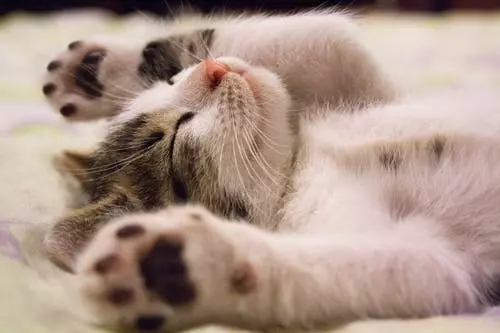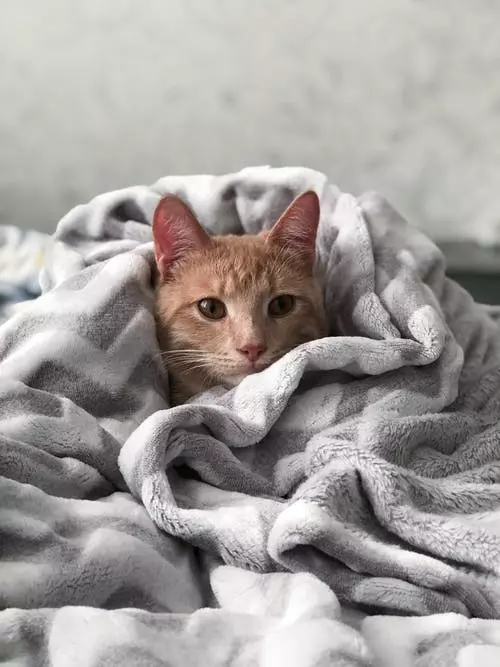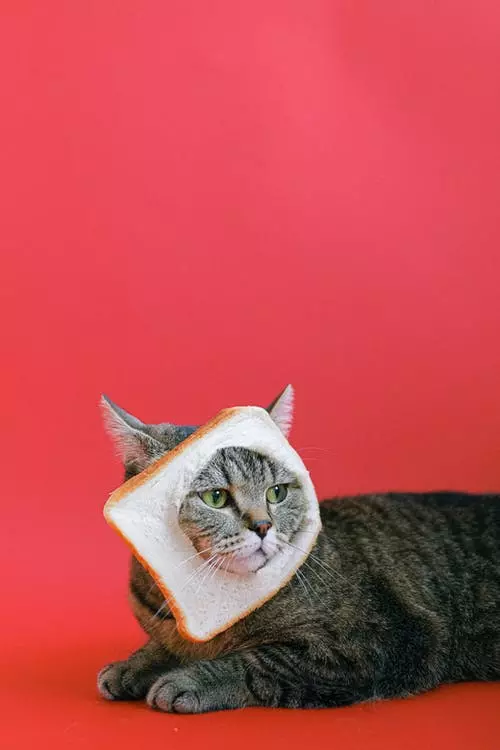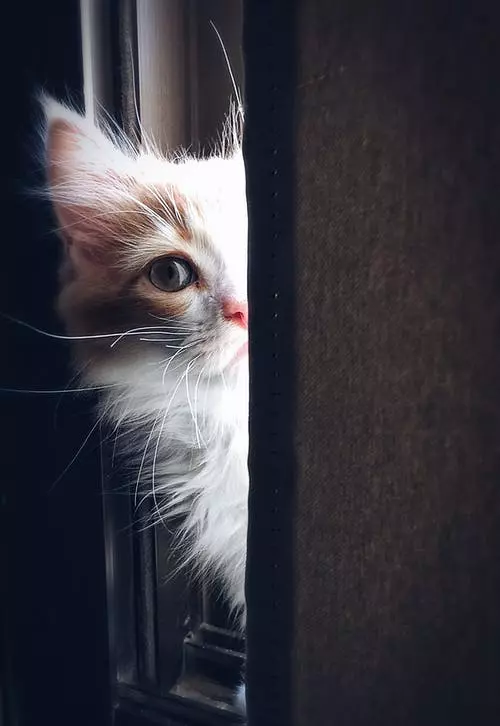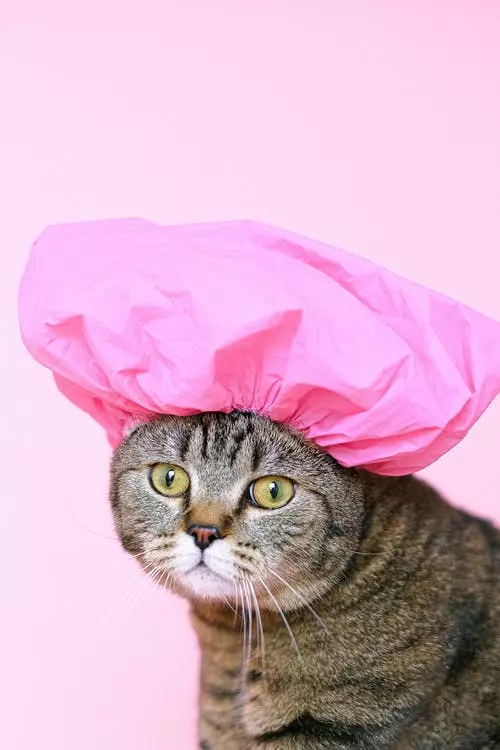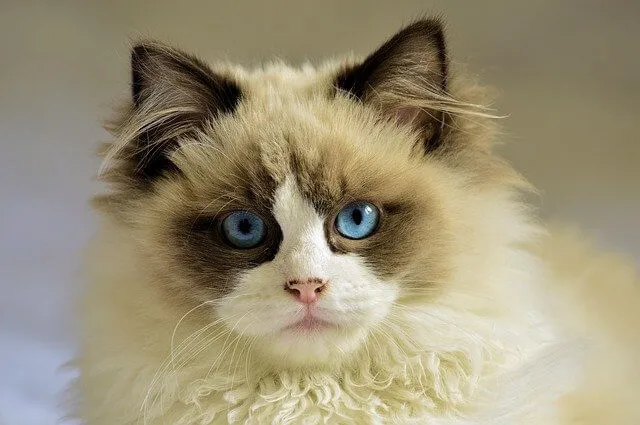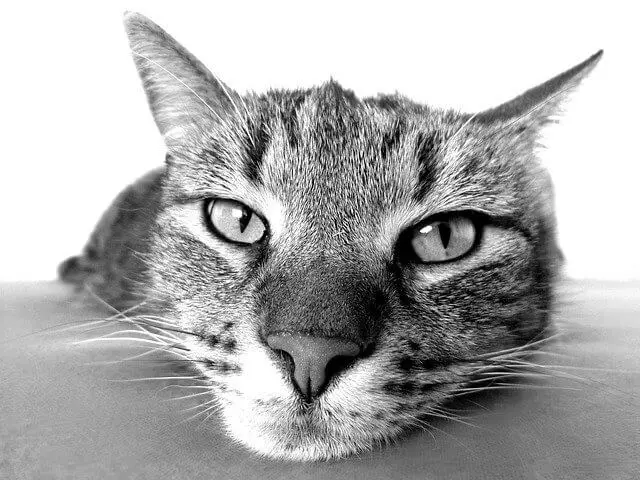Mealtime is an important part of a cat’s daily routine, and understanding their vocalizations during this time can provide valuable insights into their behavior and needs. In this comprehensive guide, we will delve into the different vocalizations cats make during mealtime and what they might signify. Additionally, we will address some commonly asked questions related to this topic.
Decoding Cat Vocalizations during Mealtime:
1. Meowing:
a. Demanding Meows: What do they mean? Some cats may meow loudly and persistently before mealtime, indicating their desire for food. This type of meowing can be a way for cats to communicate their hunger and their expectation of being fed.
b. Soft Meows: A sign of contentment or anxiety? Soft, gentle meows during mealtime can indicate that a cat is content and satisfied. However, it can also be a sign of anxiety or stress, especially if the cat is eating in an unfamiliar environment or if there are other cats around.
c. Prolonged Meows: Indications of hunger or distress? Prolonged meowing during mealtime can be a sign of hunger, especially if it is accompanied by other behaviors like pacing or rubbing against their food bowl. However, it can also indicate distress or discomfort, such as when a cat is experiencing dental issues or gastrointestinal problems.
2. Purring:
a. Contentment or anticipation? Cats may purr during mealtime as a sign of contentment and relaxation. It can also be a way for them to express anticipation and excitement about their food.
b. Stress-related purring: Possible reasons behind it. In some cases, cats may purr during mealtime as a stress response. This can happen if they feel threatened or if they are in a multi-cat household where there is competition for food.
3. Growling and Hissing:
a. Territory-related aggression during mealtime. Growling and hissing during mealtime can indicate territorial aggression. Cats may exhibit these behaviors to protect their food from other cats or animals.
b. Potential signs of food guarding behavior. Some cats may growl or hiss while eating as a way to guard their food. This behavior can be a result of anxiety, fear, or a previous experience of food scarcity.
4. Chirping and Chattering:
a. Excitement or prey drive? Chirping and chattering during mealtime can be a sign of excitement and anticipation. Cats may make these vocalizations when they see their food or when they are hunting prey-like toys.
b. Observing these vocalizations in outdoor cats. Outdoor cats may exhibit chirping and chattering behavior during mealtime as they observe potential prey or interact with other cats in their environment.
Factors Influencing Cat Vocalizations during Mealtime:
1. Hunger levels:
a. How hunger affects a cat’s vocalization patterns. Cats that are hungry may exhibit more intense and persistent vocalizations during mealtime as a way of expressing their need for food.
b. Tips to manage excessive vocalizations due to hunger. Providing regular and consistent meal times, using puzzle feeders or food-dispensing toys, and ensuring that your cat’s diet is nutritionally balanced can help manage excessive vocalizations due to hunger.
2. Physical discomfort:
a. Dental issues and their impact on mealtime vocalizations. Cats with dental issues may experience pain or discomfort while eating, which can result in changes in their vocalizations. Regular dental check-ups and appropriate dental care can help alleviate this issue.
b. Gastrointestinal problems and associated vocal cues. Cats with gastrointestinal problems may exhibit changes in their vocalizations during mealtime. Consultation with a veterinarian is recommended to address any underlying health issues.
3. Social environment:
a. Competition and vocalization among multi-cat households. In multi-cat households, competition for food can lead to increased vocalizations during mealtime. Providing separate feeding areas and ensuring each cat has their own space can help reduce these vocalizations.
b. Vocalizations when feeding alongside other pets. Cats may vocalize during mealtime when they are eating alongside other pets, especially if they feel threatened or if there is a sense of competition. It is important to monitor their behavior and ensure that each pet feels comfortable during mealtime.
Addressing Commonly Asked Questions:
1. Why does my cat meow loudly before mealtime? Cats may meow loudly before mealtime to express their hunger and anticipation of being fed. This behavior is a normal way for cats to communicate their needs.
a. Exploring the reasons behind pre-mealtime vocalizations. Pre-mealtime vocalizations can also be a learned behavior if the cat has received attention or food in response to their meowing in the past.
2. Is it normal for my cat to growl or hiss while eating? Growling or hissing while eating can be a normal behavior in some cats, especially if they are guarding their food from other cats or animals. However, it is important to monitor their behavior and ensure that it does not escalate into aggression.
a. Understanding the territorial and predatory instincts. Growling and hissing during mealtime can be a result of a cat’s territorial instincts, as they try to protect their food from other animals. It can also be a way for cats to express their predatory instincts and assert their dominance.
3. My cat purrs loudly during mealtime. What does it mean? Cats may purr loudly during mealtime as a sign of contentment and relaxation. It can also be a way for them to express their anticipation and excitement about their food.
a. Unraveling the contentment or anticipation behind purring. Purring is often associated with positive emotions in cats, and during mealtime, it can indicate that they are enjoying their food and feeling satisfied.
4. How can I reduce excessive vocalizations during mealtime? To reduce excessive vocalizations during mealtime, ensure that your cat’s hunger is satisfied by providing regular and consistent meals, using puzzle feeders or food-dispensing toys to engage them mentally and physically, and creating a calm and stress-free environment during mealtime.
a. Effective strategies for managing mealtime vocalizations. Additionally, providing separate feeding areas for multi-cat households, addressing any underlying health issues, and seeking professional advice when necessary can help manage excessive vocalizations during mealtime.
5. Should I be concerned if my cat rarely vocalizes during meals? While vocalizations during mealtime are common in many cats, it is not unusual for some cats to be quiet and not vocalize. If your cat is otherwise healthy and shows no signs of distress or discomfort, their silence during meals may not be a cause for concern.
a. Evaluating the significance of silent mealtime behavior. As long as your cat is eating well, maintaining a healthy weight, and showing no signs of health issues, their lack of vocalizations during mealtime may simply be a reflection of their individual personality and behavior.
Conclusion:
By understanding the various vocalizations cats make during mealtime, you can gain insights into their needs, emotions, and potential behavioral issues. Remember, each cat is unique, and their vocalizations may vary. Paying attention to their cues and seeking professional advice when necessary can help ensure a positive mealtime experience for both you and your feline companion.


